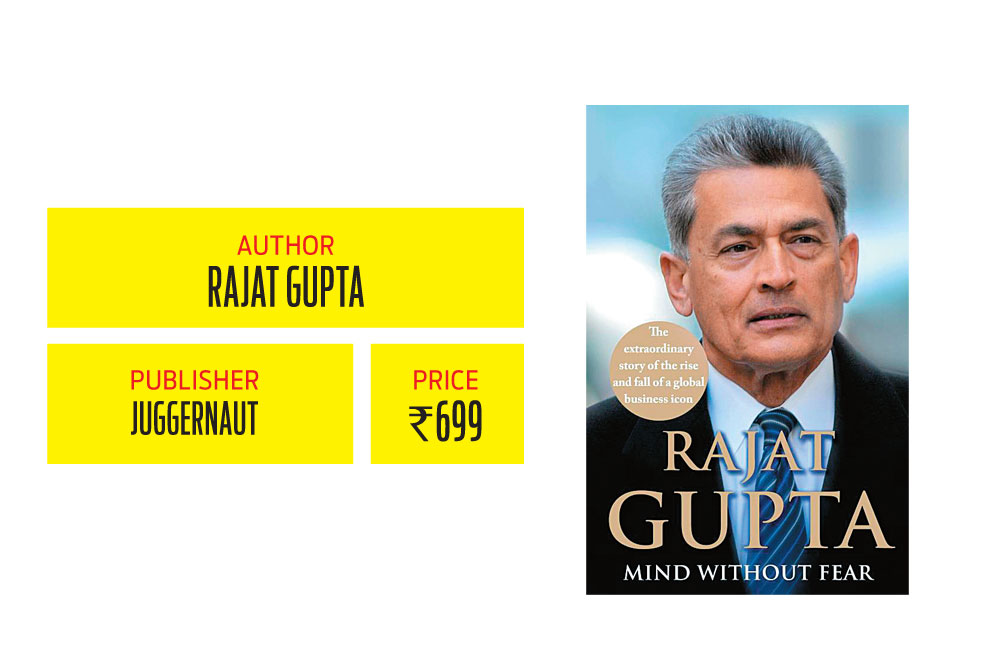A story is well told when a reader can visualise it perfectly and Rajat Gupta’s Mind Without Fear accomplishes that purpose.
The book opens with a description of the solitary confinement cell in the US prison. The description is so vivid that the reader can actually visualise the concrete walls, the cold floor and the greasy iron bars of the cell in their minds. Gupta has such command over the language that he could express all his sufferings and humiliations most eloquently.
Coming from a humble background, Indian-born business icon Gupta was the first foreign-born individual to head McKinsey & Co, one of the most influential management consultancy companies of the world.
He further successfully led the company for nine years.
In 2011, he was arrested and charged with inside trading and divulging sensitive information. Later, he was found guilty and imprisoned for two years. However, throughout the trial he maintained that he was wrongly charged. And through this book, he simply tried to narrate his side of the story.
The book is broadly divided in four sections titled– The Crisis, The Karma Yoga, Trial and Imprisonment and Freedom.
In the first section, the author talks about the crisis period (as the name suggests). It discusses about his early days in McKinsey, how he met Raj Rajaratnam as a young man, their transactions, how he landed in the entire fiasco and his arrest. Chapters are fast paced and continue to hold one’s interest.
Gupta goes back in time and talks about his family, IIT and Harvard days and also his time at McKinsey in the second section. As compared to the previous one, this section is comparatively slow but the chapters titled Hot Pickle in Harvard and The Firm are worth reading. In Hot Pickle in Harvard, the author elaborates about his experiences at the prestigious educational institute. How their teaching methods are different from Indian universities and how those learnings geared him for future endeavours. On the other hand, the chapter titled The Firm is more anecdotal about his experiences at McKinsey. However, coming from a top-grade leader there are certain takeaways, which might enrich readers. Or, simply you can read them to know about McKinsey's functioning.
The third section deals with trial and functioning at the courtroom while in the last two chapters he talks about his days in prison. In the second last chapter, titled The Bhagavad Gita and SHU, Gupta explains how he drew his power from the religious text whenever he felt down or felt that his wife and daughters are losing their strength. Eventually, it changed his perspective towards life. The context is not new. From Bhagat Singh to Sanjay Dutt there are million others who did the same but very few made the effort to put it down in words comparing it with their state of mind. The chapter makes for a gripping read.
However, certain follies might strike. For example, the book starts like a crime thriller but loses its pace in the later pages and becomes more anecdotal. The reader must remember that the book is autobiographical and one man’s perspective. It is a good one-time light read. However, do not expect something earth shattering.
sanchari@outlookindia.com

